Home>Storage Ideas>Storage Baskets>How To Water Hanging Baskets While Away
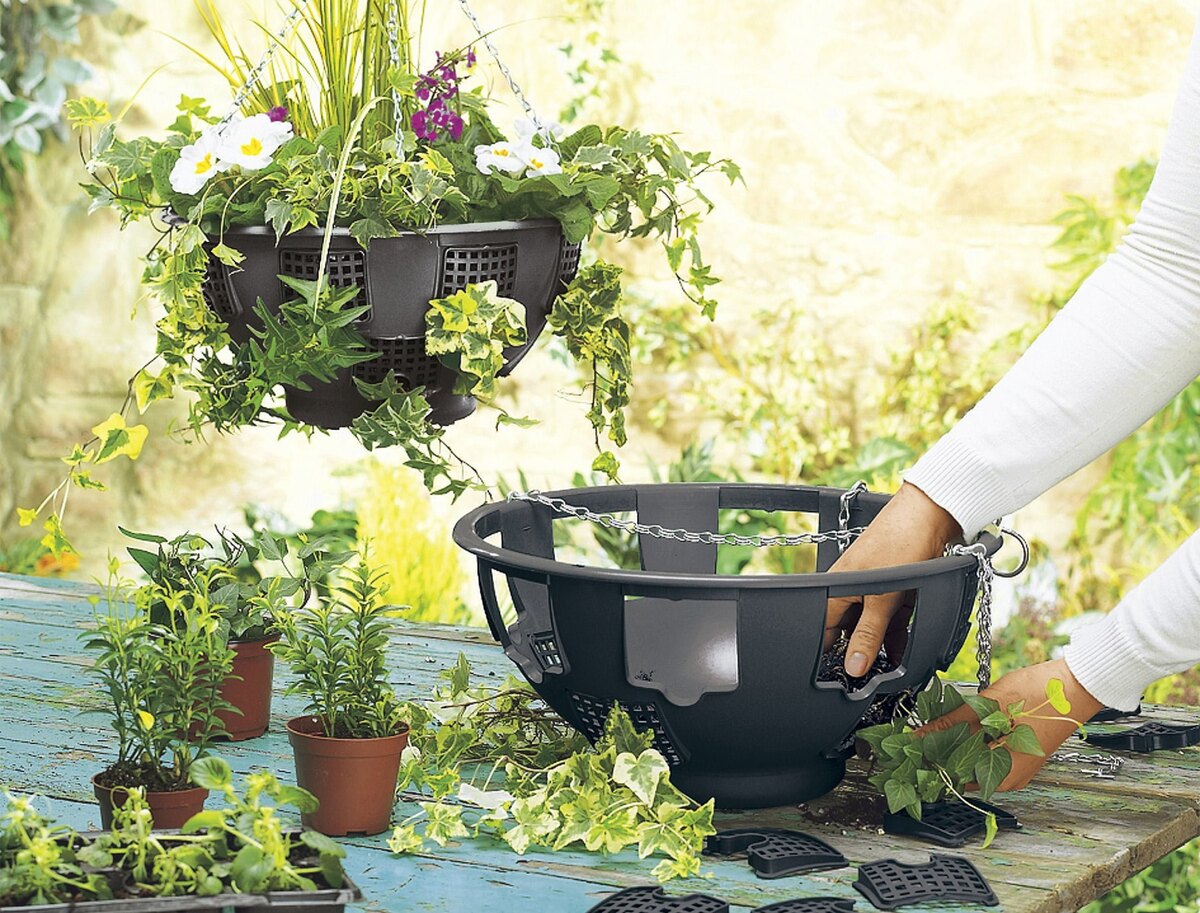

Storage Baskets
How To Water Hanging Baskets While Away
Modified: December 7, 2023
Discover easy tips for watering your hanging baskets while you're away. Don't let your storage baskets suffer from lack of water. Stay worry-free!
(Many of the links in this article redirect to a specific reviewed product. Your purchase of these products through affiliate links helps to generate commission for Storables.com, at no extra cost. Learn more)
Introduction
Keeping your hanging baskets well-watered can be a challenge, especially when you’re away from home for an extended period. But with the right techniques and tools, you can ensure that your plants stay hydrated and healthy even in your absence. In this article, we will explore various methods to water your hanging baskets while you’re away, allowing you to enjoy your time off without worrying about the well-being of your beloved plants.
Proper watering is crucial for the health and vitality of your hanging baskets. Without regular watering, plants can quickly become stressed, wilt, and even die. Fortunately, there are several effective strategies you can employ to maintain adequate moisture levels in your hanging baskets, even when you’re not around to tend to them personally.
Whether you’re planning a vacation or simply have a busy schedule that keeps you away from home for extended periods, these methods will ensure that your beautiful hanging baskets continue to thrive and flourish:
Key Takeaways:
- Ensure your hanging baskets stay hydrated while you’re away by using self-watering systems, water reservoirs, wicking systems, or drip irrigation. These methods provide convenience and peace of mind for your plants’ well-being.
- Consider hiring a plant-sitter or asking a neighbor for help if you prefer a hands-on approach. Alternatively, use water-absorbing gel or crystals to supplement watering and prolong the time between waterings.
Preparing your hanging baskets for when you’re away
Before you leave, it’s important to set up your hanging baskets for success while you’re away. By taking a few simple steps to prepare them, you can ensure they have the best chance of staying healthy and hydrated until your return.
First, make sure your hanging baskets are properly hydrated before you leave. Give them a thorough watering a day or two before your departure to ensure they have a good moisture base to start with.
Next, consider moving your hanging baskets to a location that receives less direct sunlight. This can help reduce water loss due to evaporation and lower the overall water needs of your plants.
You may also want to trim back any overgrown or leggy plants in your hanging baskets before you leave. This can help reduce water requirements and prevent the plants from getting too top-heavy, which could make them more prone to drying out.
If you have the option, try placing your hanging baskets in a protected area, such as under a porch or awning. This can provide some shade and shelter from harsh weather conditions, reducing the risk of dehydration.
Finally, consider mulching the top layer of the soil in your hanging baskets. This can help retain moisture and slow down evaporation, extending the time between waterings.
By taking these steps to prepare your hanging baskets before you leave, you can give them a better chance of thriving while you’re away. But, of course, you’ll still need to address their watering needs. In the next sections, we will explore different methods to achieve this efficiently and effectively.
Setting up a self-watering system
A self-watering system is an excellent solution for keeping your hanging baskets hydrated while you’re away. These systems use a reservoir of water that gradually releases moisture to the plants as they need it, ensuring a steady supply of water without the need for constant attention.
To set up a self-watering system, you will need a few essential components:
- A water reservoir: This can be a bucket, container, or specifically designed self-watering system reservoir.
- A wicking material: This material, such as cotton or polyester rope, acts as a conduit for water to move from the reservoir to the plant roots.
- A water delivery mechanism: This can be a PVC pipe, watering spike, or drip emitter that distributes water from the reservoir to the plants.
Start by drilling a small hole in the side of your hanging basket, near the bottom. This hole will act as an overflow outlet, preventing water from overflowing and causing damage to your plants.
Next, place your water reservoir near the hanging basket. If using a bucket or container, elevate it slightly to enable gravity to assist in water flow. Connect the wicking material, such as a cotton rope, from the reservoir to the hole in your hanging basket. Ensure that the wicking material reaches down into the soil, allowing the plants to draw water as needed.
If you prefer a more automated system, you can attach a watering spike or drip emitter to the end of the wicking material. This will regulate the flow of water from the reservoir to the plant roots, providing a consistent and controlled water supply.
Fill the reservoir with water before you leave, ensuring that it has enough capacity to last the duration of your absence. The wicking material will gradually draw water from the reservoir, keeping the soil evenly moist without overwatering.
A self-watering system provides a reliable and efficient means of keeping your hanging baskets hydrated while you’re away. It takes the guesswork out of watering and ensures that your plants receive the right amount of moisture, promoting their health and vitality during your absence.
In the next section, we will explore another watering method – the water reservoir method.
Using a water reservoir method
The water reservoir method is another effective way to keep your hanging baskets watered while you’re away. This method utilizes a water reservoir that is connected to your hanging basket, providing a continuous water supply to the plants as they need it.
To set up a water reservoir system, you will need the following components:
- A water reservoir: This can be a plastic bottle, jug, or a specific self-watering container designed for this purpose.
- A wicking material: This material, such as a cotton string or fabric strip, helps draw water from the reservoir to the plant roots.
- A support structure: This can be a PVC pipe or a custom-made contraption to hold the water reservoir and provide a connection point to the hanging basket.
Start by creating a small hole in the bottom of your hanging basket. This hole will serve as the entry point for the wicking material. Insert the wicking material through the hole, ensuring it reaches down to the bottom of the basket.
Next, attach the other end of the wicking material to your water reservoir. This can be done by placing the wicking material directly into the reservoir or attaching it to the container’s cap or lid.
Secure the water reservoir in a position above the hanging basket. This can be accomplished by using a support structure or hanging the reservoir from a sturdy hook or bracket.
Fill the water reservoir with water before you leave, making sure it has enough capacity to last for the duration of your absence. The wicking material will gradually draw water from the reservoir and transport it to the plant roots, helping to keep the soil evenly moist.
It’s important to monitor the water level in the reservoir periodically and refill it as needed. This will ensure a consistent water supply to your hanging basket, promoting healthy growth and preventing dehydration.
The water reservoir method provides a simple and effective way to keep your hanging baskets hydrated while you’re away. By utilizing gravity and capillary action, this method allows the plants to access water as needed, reducing the risk of under or overwatering.
In the next section, we will explore the use of a wicking system to water your hanging baskets.
Utilizing a wicking system
A wicking system is an efficient and low-maintenance method to water your hanging baskets while you’re away. This system uses a wicking material to draw water from a reservoir and deliver it directly to the plant roots, ensuring that your plants remain adequately hydrated.
To set up a wicking system for your hanging baskets, you will need the following materials:
- A water reservoir: This can be a bottle, container, or specifically designed wicking system reservoir.
- A wicking material: Common options include cotton rope, polyester fabric strips, or even strips of an old T-shirt.
- A support structure: This can be a PVC pipe, wooden dowel, or custom-made apparatus to hold the wicking material and connect it to the hanging basket.
Start by creating a small hole in the bottom of your hanging basket. This hole will serve as the entry point for the wicking material. Insert one end of the wicking material through the hole, ensuring that it reaches down to the bottom of the basket.
Next, place the other end of the wicking material into the water reservoir. Make sure that the wicking material is fully submerged in the water. This will allow it to absorb the moisture and transport it to the plant roots.
Secure the water reservoir in a position above the hanging basket. You can use a support structure or hang the reservoir from a hook or bracket. The key is to ensure that the wicking material remains in contact with the water in the reservoir.
The wicking material will naturally draw up water from the reservoir and deliver it to the plants through capillary action. This provides a continuous supply of moisture to the hanging basket, preventing it from drying out.
Ensure that the water reservoir is adequately filled before you leave to provide water for the duration of your absence. Monitor the water level periodically and refill it as needed to maintain a consistent water supply.
The wicking system is a reliable and effective method for watering hanging baskets while you’re away. It eliminates the need for manual watering and ensures that your plants receive the moisture they need for optimal growth and health.
In the next section, we will explore the installation of a drip irrigation system as another option for watering hanging baskets.
Place the hanging baskets in a shaded area to reduce water evaporation. Use self-watering globes or ask a neighbor to water them every few days.
Installing a drip irrigation system
A drip irrigation system is a highly efficient and precise method for watering your hanging baskets while you’re away. It delivers water directly to the plant roots in a controlled manner, ensuring optimal moisture levels and minimizing water wastage.
To install a drip irrigation system for your hanging baskets, you will need the following components:
- A main water supply: This can be a garden hose or a dedicated irrigation line connected to your outdoor water source.
- Tubing: Flexible tubing, such as polyethylene or PVC, that will carry the water from the main supply to your hanging baskets.
- Emitters: Drip emitters or micro-sprinklers that release water slowly and evenly to the plants.
- Connectors and fittings: Various connectors, elbows, and tees to assemble the tubing and emitters to create the desired layout.
- A timer: A irrigation timer to automate the watering schedule and ensure consistent and timely watering.
Start by planning the layout of your drip irrigation system. Determine the number of hanging baskets you need to water and their placement in relation to the main water supply. This will help you determine the length of tubing and the number of emitters needed.
Connect the tubing to the main water supply using appropriate connectors and fittings. Lay the tubing along the desired route, ensuring it reaches each hanging basket.
Attach drip emitters or micro-sprinklers to the tubing near the base of each hanging basket. Ensure that the emitters provide a slow and consistent flow of water to the plants.
Once the emitters are in place, connect a timer to the main water supply at an appropriate location. Set the timer to water your hanging baskets at the desired frequency and duration, taking into consideration the specific watering needs of your plants.
Test the system to ensure that water is flowing through the tubing and emitters correctly. Make any necessary adjustments to the tubing layout or emitter positions to ensure even water distribution.
With a drip irrigation system in place, your hanging baskets will receive a precise and controlled amount of water, reducing the risk of over or underwatering. The timer ensures that your plants are watered consistently, even when you’re away.
It’s important to periodically check the system for any clogs or malfunctions and make adjustments as necessary. This will help to ensure the proper functioning of the system and the health of your hanging baskets.
In the next section, we will explore alternative options such as hiring a plant-sitter or asking a neighbor for help.
Hiring a plant-sitter or asking a neighbor for help
If you prefer a more hands-on approach to watering your hanging baskets while you’re away, consider hiring a plant-sitter or asking a neighbor for assistance. This option ensures that your plants receive personalized care and attention, providing peace of mind during your absence.
When hiring a plant-sitter, look for someone who has experience with plant care and is knowledgeable about the specific needs of your hanging baskets. Discuss your expectations and provide clear instructions on watering frequency and other care requirements.
Make sure to leave detailed notes or a watering schedule for the plant-sitter, including any specific instructions or recommendations for your hanging baskets. This will help them maintain the proper watering routine and ensure the well-being of your plants.
If hiring a plant-sitter is not feasible, consider asking a trusted neighbor or friend for assistance. They can help by checking on your hanging baskets regularly and watering as needed. Be sure to provide them with explicit instructions and express your gratitude for their help.
When seeking assistance from a neighbor, it’s important to establish clear communication and set expectations upfront. Discuss the watering schedule, provide any necessary tools or equipment, and express your willingness to reciprocate their kindness in the future.
For added convenience, you can also consider installing a hose timer or a drip irrigation system that can be easily operated by your neighbor or plant-sitter. This ensures a consistent and controlled water supply to your hanging baskets even in your absence.
Whichever approach you choose, hiring a plant-sitter or asking a neighbor for help allows you to entrust the care of your hanging baskets to someone you trust. It ensures that your plants receive the individualized care they require, giving you peace of mind while you’re away.
In the next section, we will explore the use of water-absorbing gel or crystals as an alternative watering method.
Using water-absorbing gel or crystals
Water-absorbing gel or crystals can be a convenient and effective solution for watering your hanging baskets while you’re away. These superabsorbent materials can hold large amounts of water and gradually release it to the plant roots, providing hydration over an extended period.
To use water-absorbing gel or crystals, follow these steps:
- Start by hydrating the gel or crystals according to the manufacturer’s instructions. This usually involves soaking them in water for a specific period.
- Once hydrated, mix the gel or crystals with the potting soil in your hanging baskets. Ensure an even distribution throughout the soil. The gel or crystals will absorb water and expand, creating reservoirs of moisture for the plants to access.
- Water your hanging baskets thoroughly before you leave to activate the gel or crystals and ensure they are fully saturated.
As the soil dries out over time, the water-absorbing gel or crystals will gradually release water to the plant roots, providing a consistent source of moisture. This helps to prevent dehydration and keeps your hanging baskets hydrated for a longer duration.
It’s essential to note that water-absorbing gel or crystals are not meant to replace regular watering entirely. They serve as a supplemental watering method, extending the time between waterings. Therefore, it’s still crucial to check the soil moisture periodically and provide additional water if necessary.
Water-absorbing gel or crystals can be beneficial in situations where finding someone to water your hanging baskets regularly is challenging. However, it’s important to follow the manufacturer’s instructions and use these products responsibly to prevent overhydration or waterlogging.
Keep in mind that different plants have varying watering needs, so it’s essential to choose water-absorbing gel or crystals suitable for your specific plant varieties. Additionally, consider the size and capacity of your hanging baskets when determining the amount of gel or crystals to use.
Incorporating water-absorbing gel or crystals into your hanging baskets can provide an extra layer of moisture retention and support healthy plant growth while you’re away. It’s a straightforward and convenient method to help ensure your plants stay hydrated during your absence.
In the next section, we will conclude our discussion on watering hanging baskets while you’re away.
Conclusion
When it comes to watering your hanging baskets while you’re away, there are several effective methods to ensure your plants stay healthy and hydrated. By taking the time to prepare your hanging baskets before you leave and implementing one of the watering techniques discussed in this article, you can enjoy your time away without worrying about the well-being of your plants.
The use of self-watering systems, water reservoirs, wicking systems, or drip irrigation systems can provide consistent and controlled watering, allowing your plants to thrive in your absence. These methods eliminate the need for constant monitoring and manual watering, providing convenience and peace of mind.
If you prefer a more hands-on approach, hiring a plant-sitter or asking a neighbor for help can ensure personalized care for your hanging baskets. Clear communication and proper instructions are essential to ensure your plants receive the attention they need.
For those seeking a low-maintenance option, using water-absorbing gel or crystals can help retain moisture in the soil and provide a supplemental source of hydration for your plants. This method can prolong the time between waterings, reducing the frequency of maintenance required.
Remember, it’s important to consider the specific needs of your plants and the duration of your absence when choosing a watering method. Monitoring soil moisture levels and making adjustments as necessary will help protect your hanging baskets from over or underwatering.
By employing these strategies, you can confidently leave your hanging baskets unattended while ensuring their continued health and vitality. With proper preparation and the right watering techniques, you can enjoy a lush and thriving display of plants, even when you’re away.
So go ahead, plan that vacation or attend to your busy schedule without worry. Your hanging baskets are in good hands – ready to greet you with vibrant blooms upon your return.
Frequently Asked Questions about How To Water Hanging Baskets While Away
Was this page helpful?
At Storables.com, we guarantee accurate and reliable information. Our content, validated by Expert Board Contributors, is crafted following stringent Editorial Policies. We're committed to providing you with well-researched, expert-backed insights for all your informational needs.
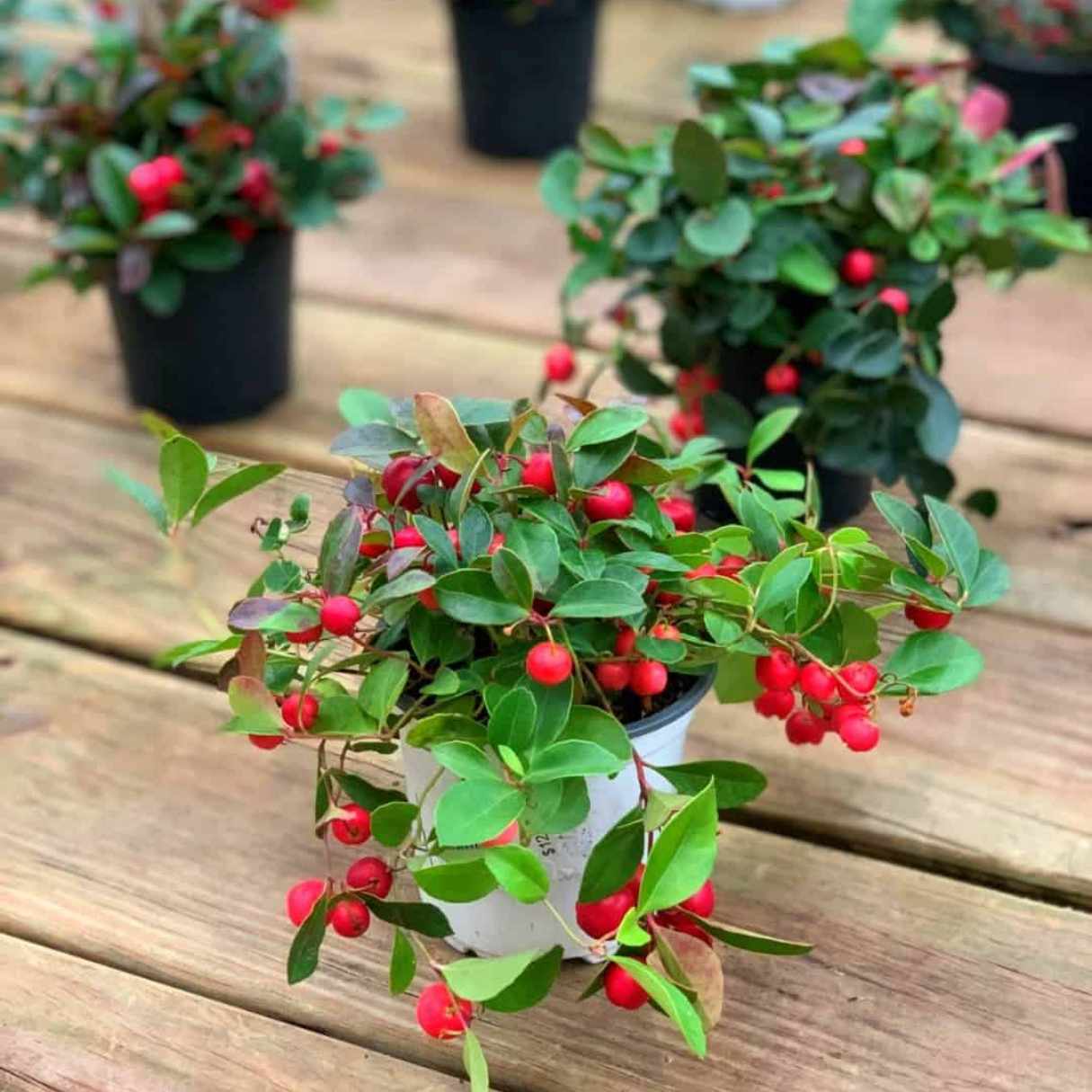
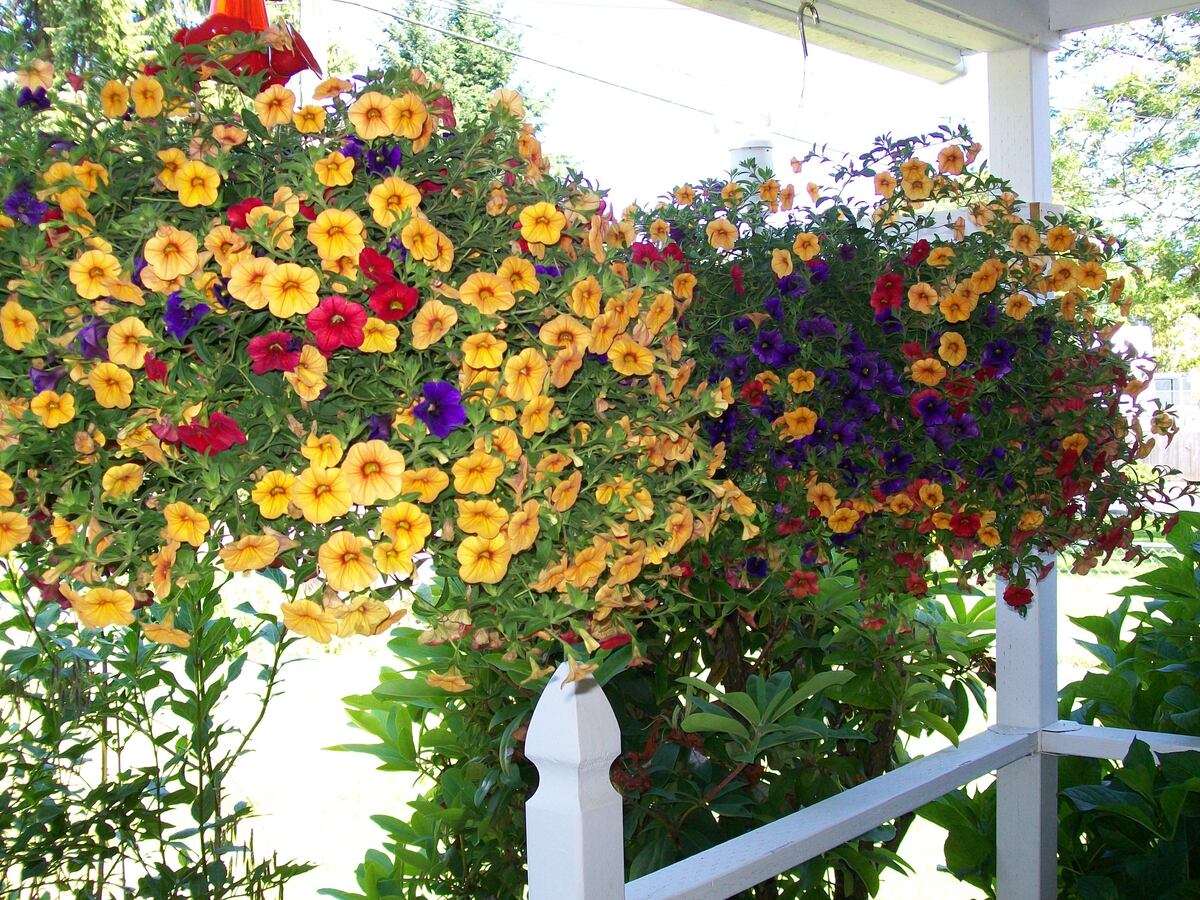



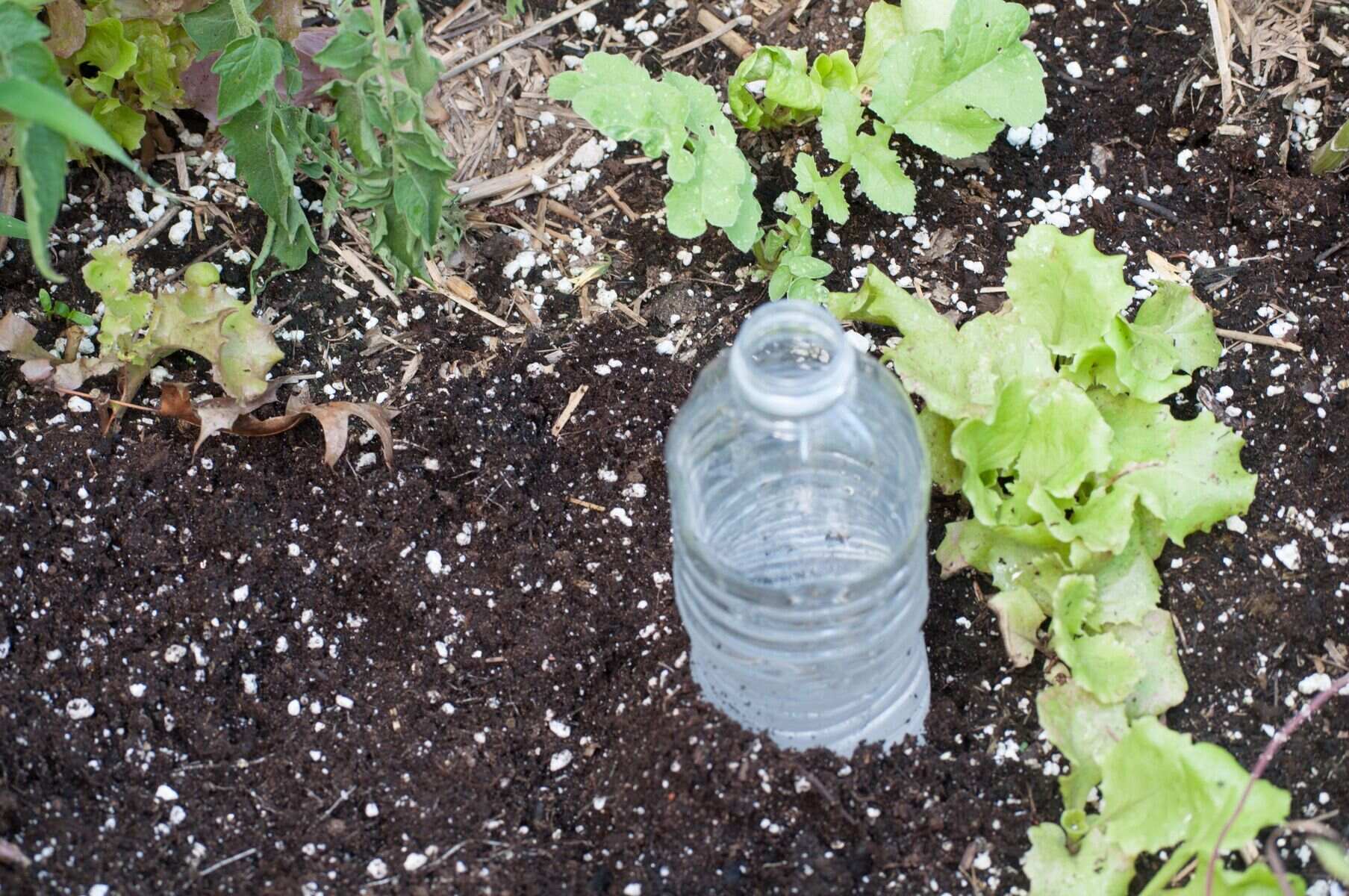
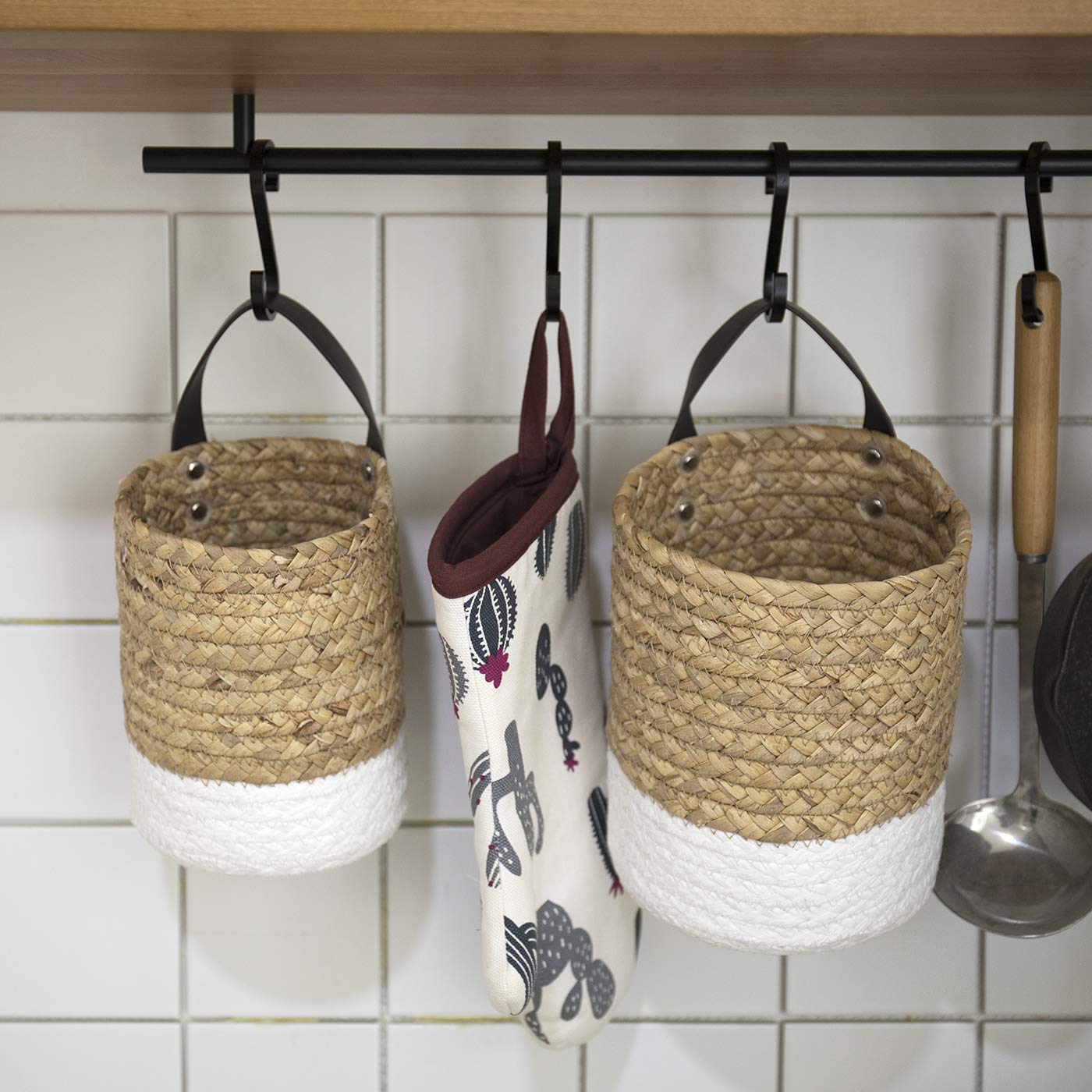
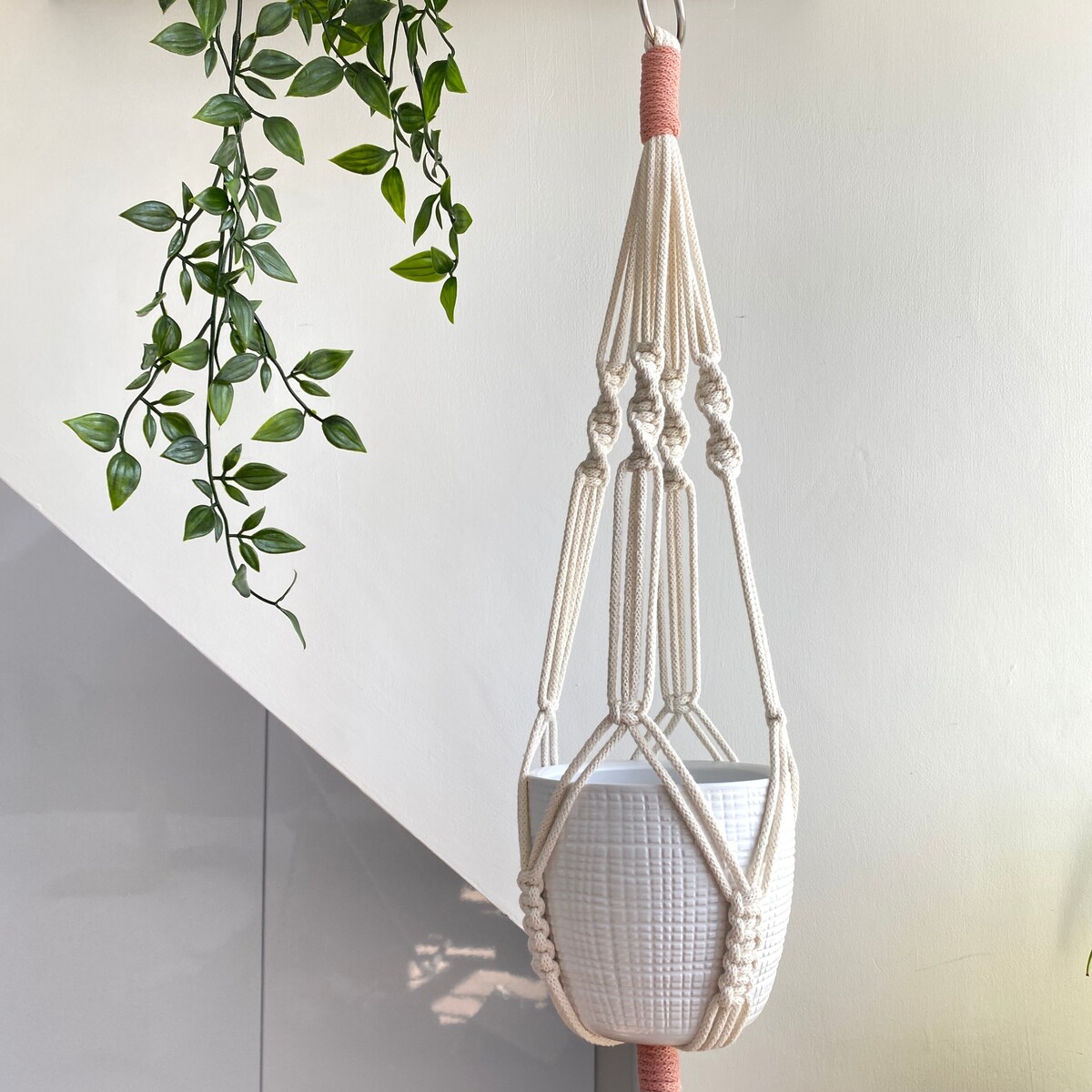
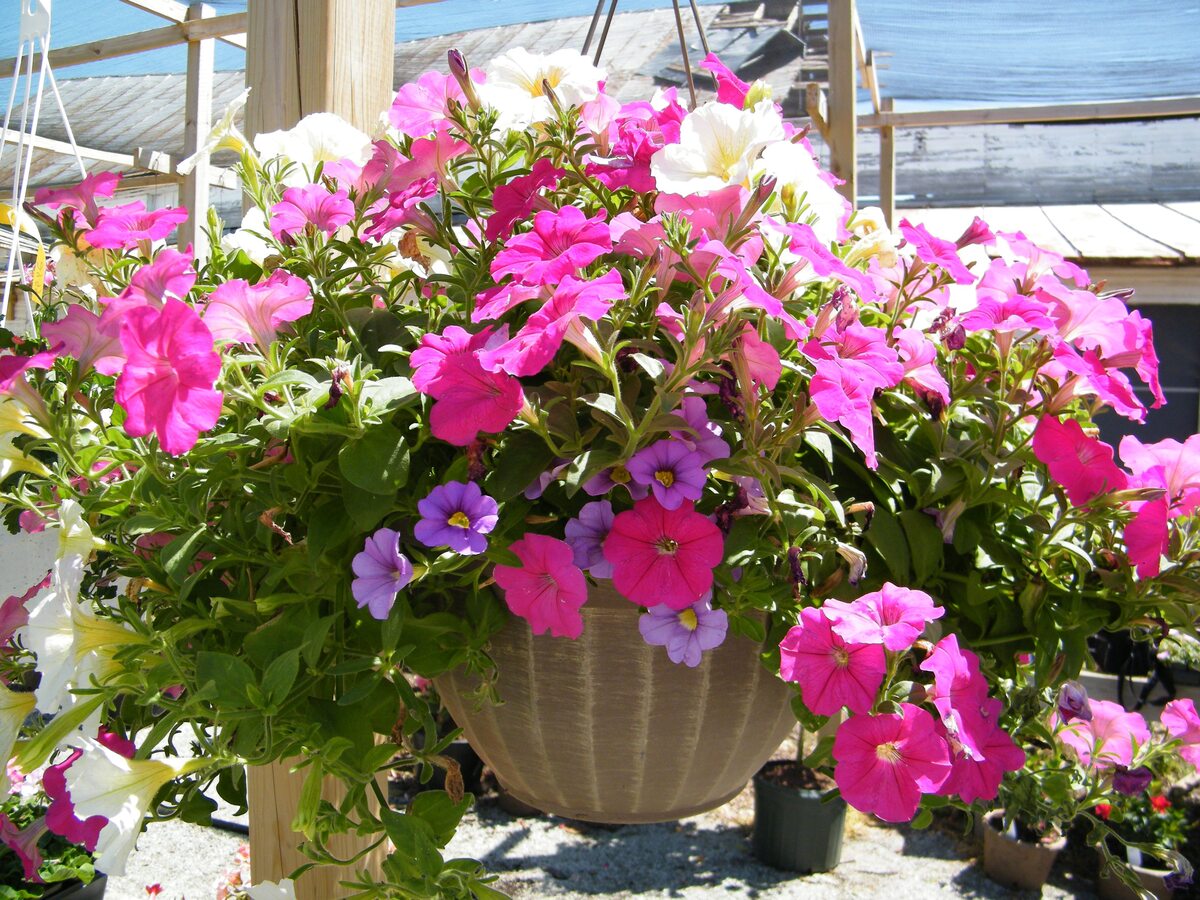
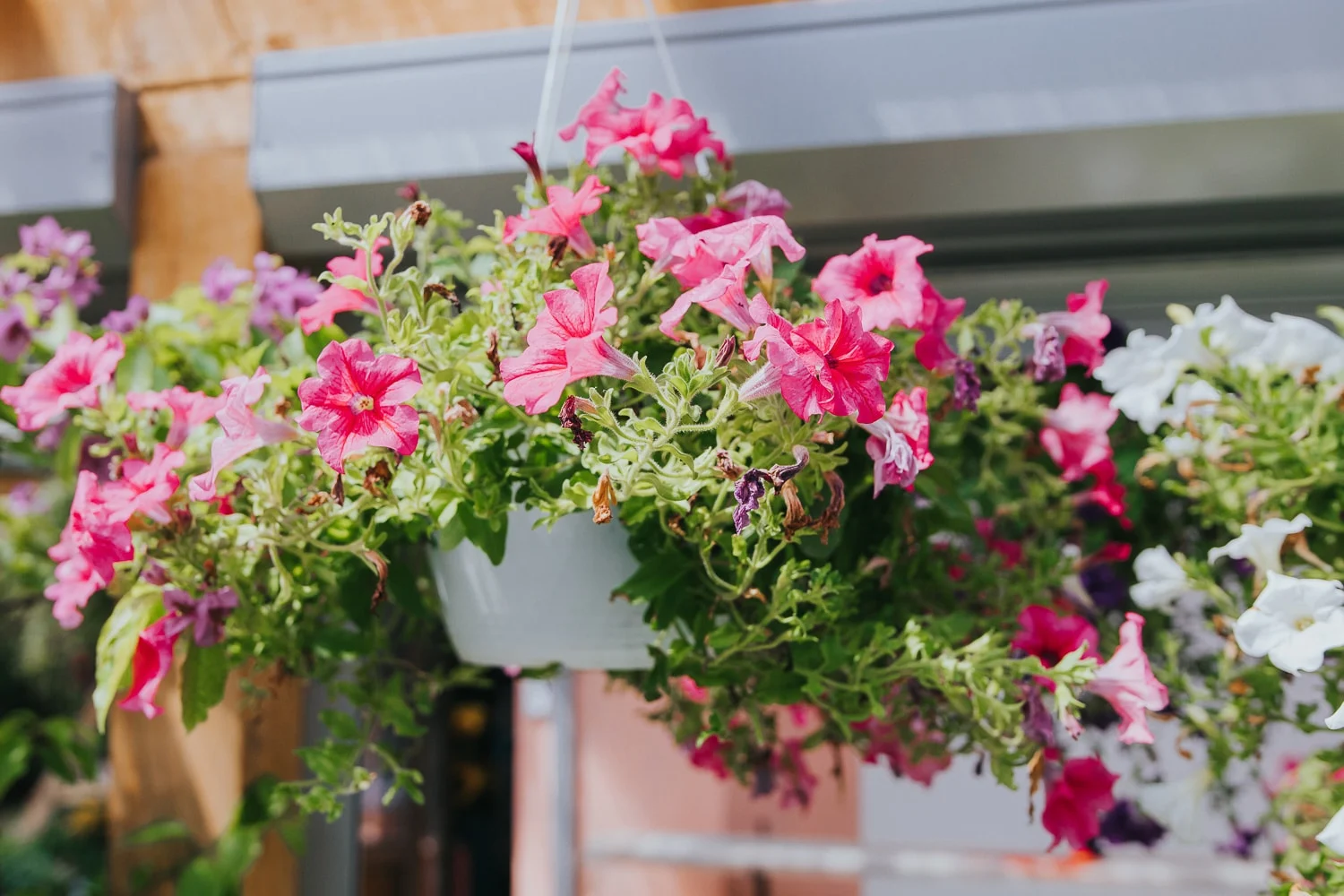
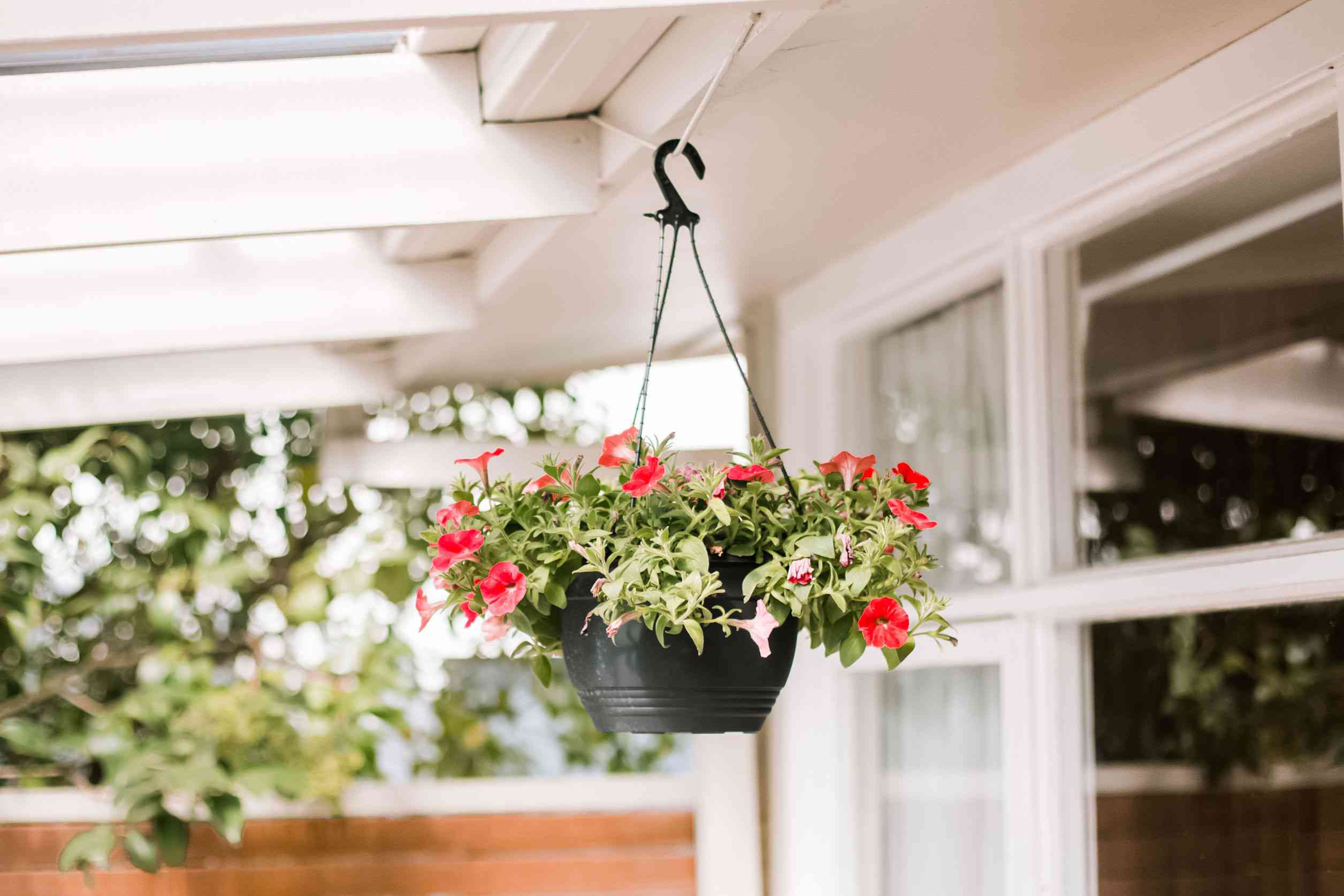
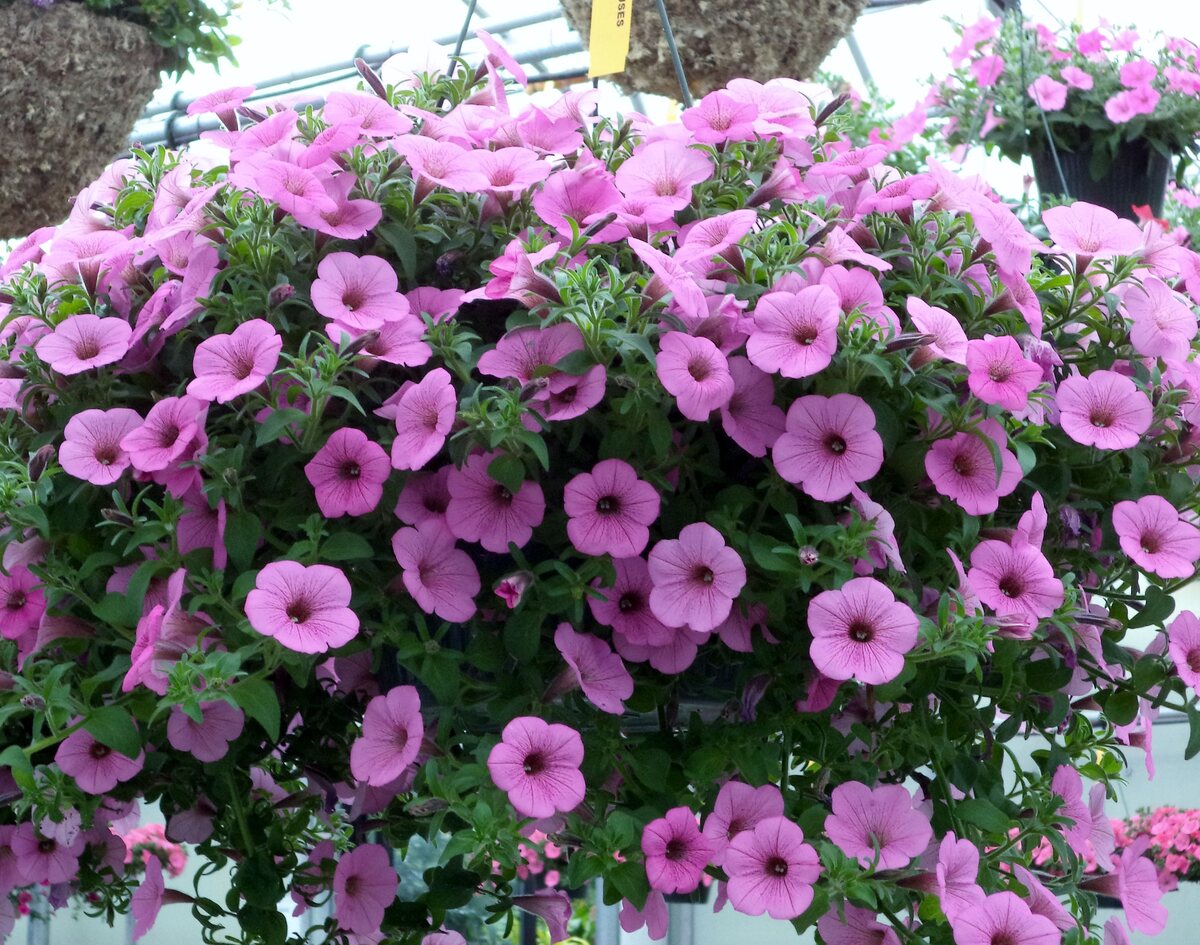
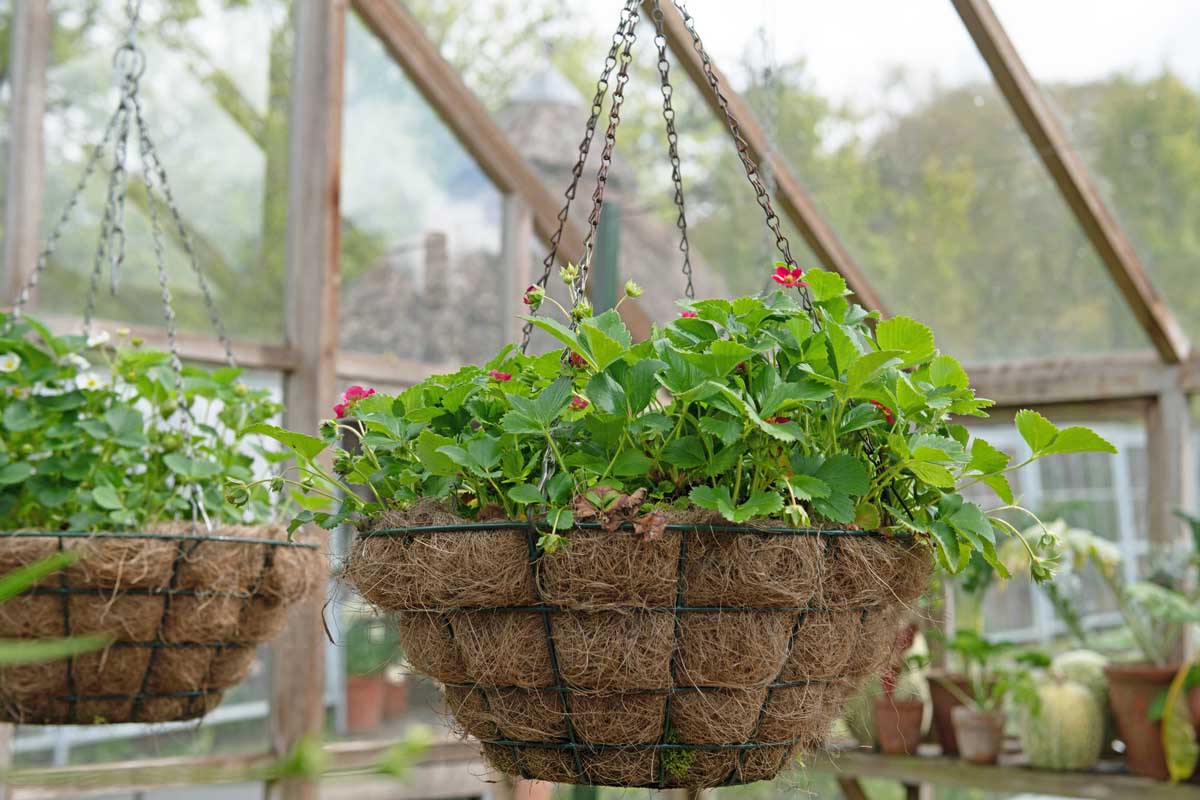
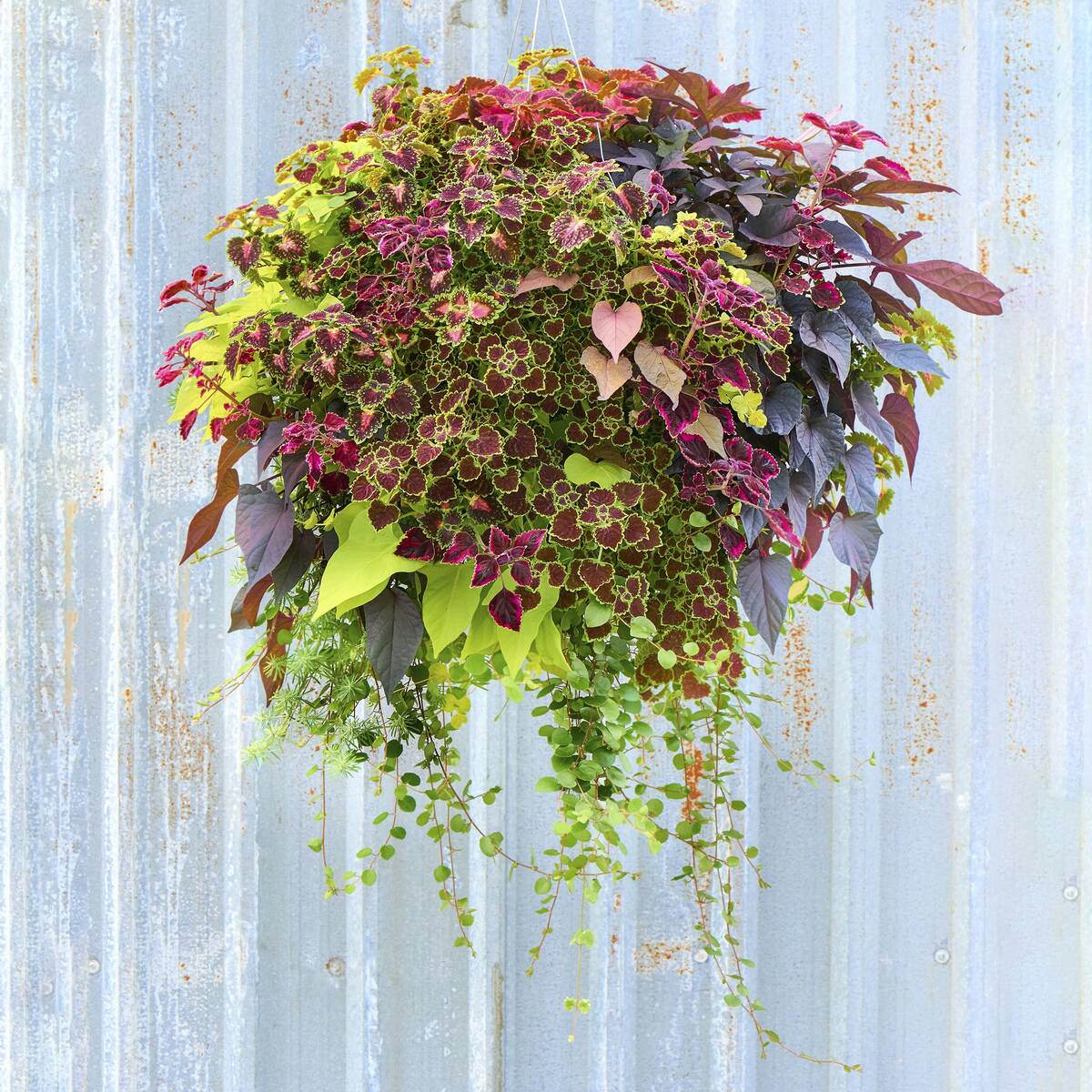

0 thoughts on “How To Water Hanging Baskets While Away”